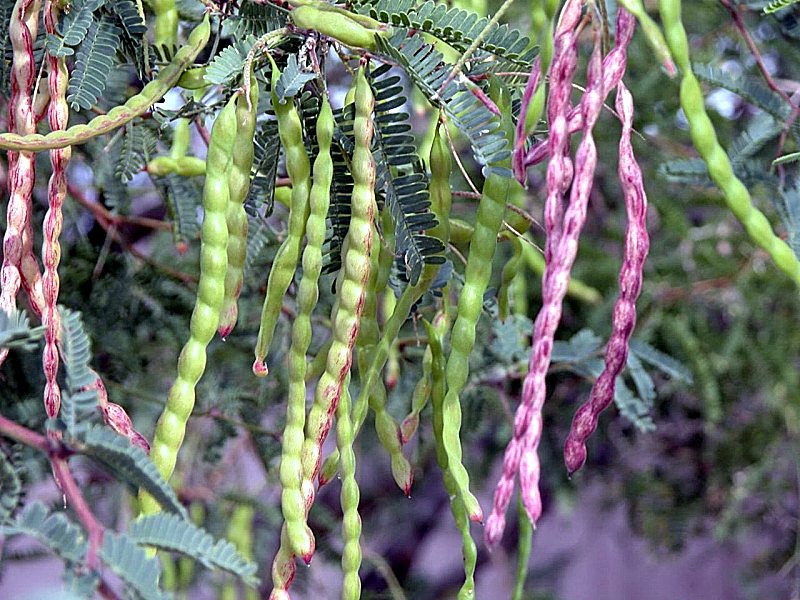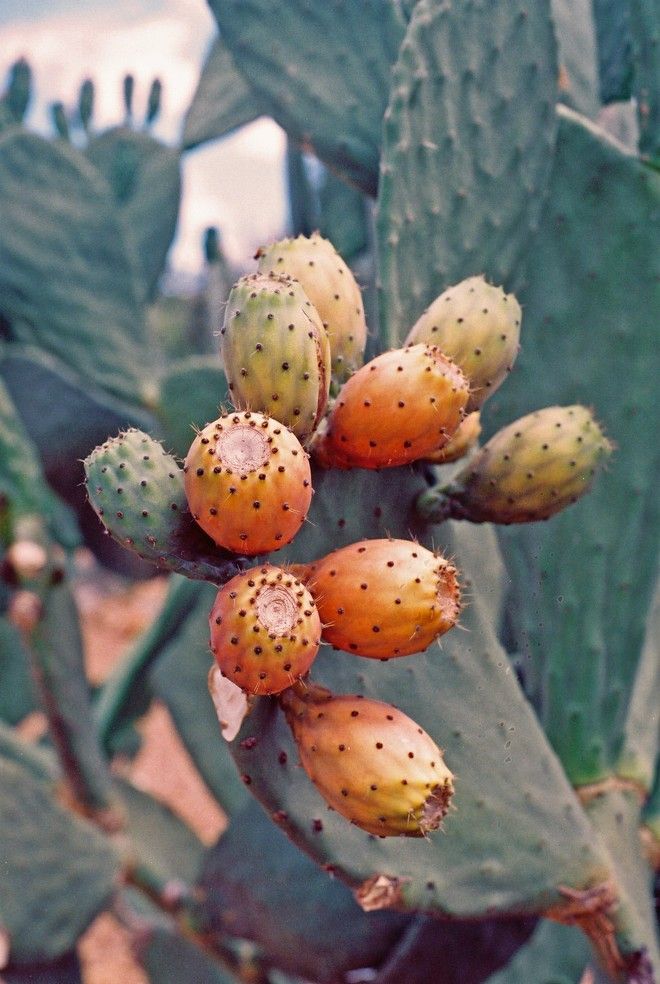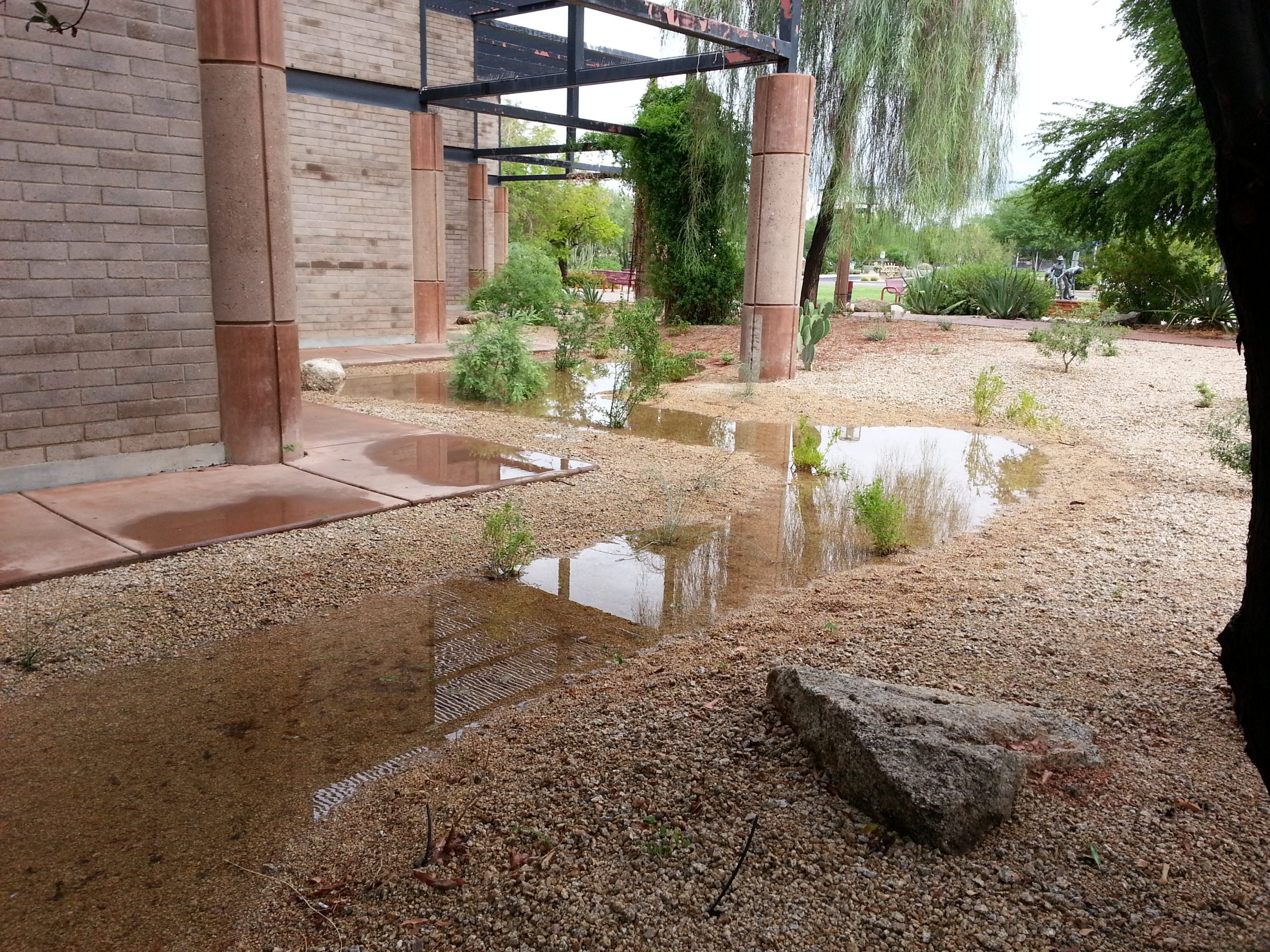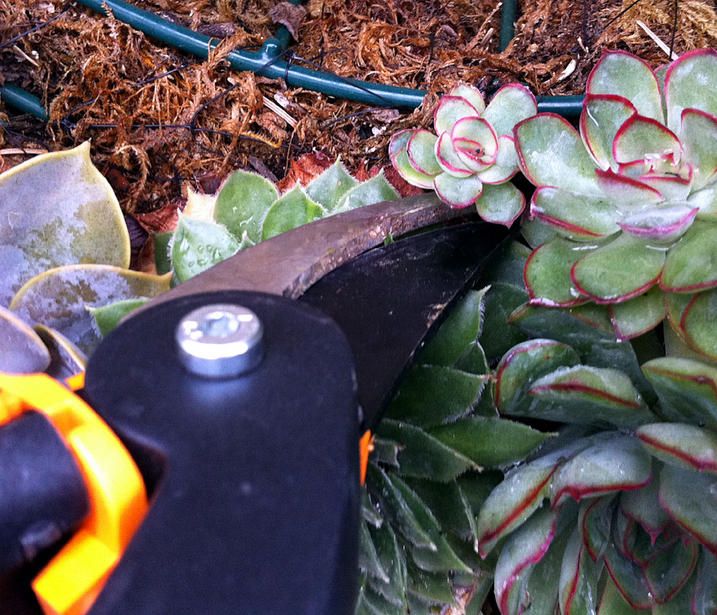The Sonoran Desert is an incomparable place to hike, bike, run, horseback ride and bird watch. When it comes to foraging for food, it’s not so grand. Even those knowledgeable and enthusiastic about the topic admit that sifting and straining food from desert flora is labor intensive. It is, however, a labor of love for people who crave the tastes of the desert. If you think you may be one of them – or you’re just curious – the City of Glendale is presenting a free class in February called Desert Edibles. It’s the most distinct of dozens of free landscape and gardening classes offered this year by AMWUA member cities.
Those who love desert fruits hold several Sonoran Desert food festivals each year. If you’ve never heard of them it’s probably because they are held in June. It’s a hot month to attract a crowd to a desert festival but it is peak harvesting time for desert edibles.

The most common cactus food is called Napoles in Spanish and are small, young prickly pear cactus pads picked in the early summer. Napoles is found on some Mexican restaurant menus and many grocery stores offer pickled Napoles and Napoles salsas. Tom McDonald, who is teaching Glendale’s Desert Edibles class, said they taste a bit like green peppers. He likes Napoles in scrambled eggs and casseroles. Tom owns Smiling Dog Landscapes in Gold Canyon, where he designs and installs landscapes and offers free classes about eating native Sonoran desert foods.

Tom said the prickly pear’s bright red fruit, called tunas, are easiest for beginners to enjoy. Tom’s wife, Kathy, freezes the fruit and then blanches it – thorns, seeds, skin and all – in a stew pot with a little water. Once cooked she uses a potato masher to turn it into pulp and then strains it through sieves with decreasing pore sizes until it is pure juice, which Tom said has a wild tart taste. She uses the juice to make a rosy onion jam marinade, mixes it with coconut milk to make a sorbet and adds a bit to fruit smoothies.
During Glendale’s class, Tom will offer ways to use 20 desert plants and trees, including milling flour from mesquite pods for pancakes that taste sweet and grainy like ones made from buckwheat and roasting jojoba beans with a little sea salt for a snack food.
A warning from Tom: Don’t attempt to harvest, cook or eat desert plants, fruits, seeds or pods without doing your research or attending classes. Just like foraging for mushrooms, the right ones at the right time of year are delightful delicacies but the wrong ones harvested incorrectly can make you sick. Remember those movie-cowboys who survived in the desert by cutting into a saguaro or barrel cactus and chewing the juice out of the pulp? In real life, they’d be goners. Most cactus pulp and juice make you sick.
Perhaps your tastes run toward more domestic fruits and vegetables. You may enjoy desert flora less for its food value and more for its beauty in low-water landscapes. If so, Glendale and most other AMWUA cities have plenty of classes to guide you to success. Here are a few examples.
Avondale: Trees for Small Arid Yards (6 p.m. April 13, Avondale City Hall, 11465 W. Civic Center Dr.) Find the tree that tolerates Arizona’s heat, is water efficient and fits that particular spot in your yard.
Chandler: Save Your Trees from Monsoon Damage (6:30 p.m. June 13, location TBA) Learn tips about growing a strong tree, including selecting, planting, staking, pruning and watering.
Gilbert: Sprinkler Design and Installation (6:30 p.m. March 9, Southeast Regional Library – Gilbert, 775 N. Greenfield Road) Design and install a sprinkler system from start to finish like a pro.

Glendale: Cacti and Succulents for Desert Gardens (6 p.m. Feb. 22, Glendale Main Library, 5959 W. Brown St.) Get to know a wide variety of low maintenance cacti and succulents that add color, texture and interest to your desert landscape.
Mesa: Mesa’s water-efficiency professionals work with the Mesa Urban Garden and Mesa Public Library to provide landscaping and conservation classes. Watch for the release of their latest class schedules.
Peoria: Growing Fruits in the Desert (6 p.m. March 8, Rio Vista Recreation Center, 8866 W Thunderbird Road) Learn more about desert-adapted fruit trees for a successful harvest, including planting, pollinating and creating microclimates.
Phoenix: Rain Gardens (2 p.m. Feb. 11 Saguaro Library, 2808 N 46th St.) Design an earth-friendly yard using simple earthworks and low-water-use plants.

Scottsdale: Learn to Prune (10 a.m. March 17 Scottsdale Xeriscape Garden at Chaparral Park.) Learn basic pruning cuts from a certified arborist in a hands-on outdoor setting.
Tempe: Conversion from Lawn to a Beautiful Xeriscape (9 a.m. April 15, Eisendrath House – Tempe, 1400 N. College Ave.) Pick up information about Xeriscape conversion, its principals and design, drip irrigation and lawn care.
You will find a complete and up-to-date list of free classes on AMWUA’s website.
From time to time, Water – Use It Wisely features guest bloggers who write about topics related to water and water conservation. The author of this post, Warren Tenney, is the executive director of Arizona Municipal Water Users Association (AMWUA). For 48 years, AMWUA has worked to protect our member cities’ ability to provide assured, safe and sustainable water supplies to their communities. For more water information visit www.amwua.org. This article originally appeared on January 23, 2017, at and was reprinted with permission.


